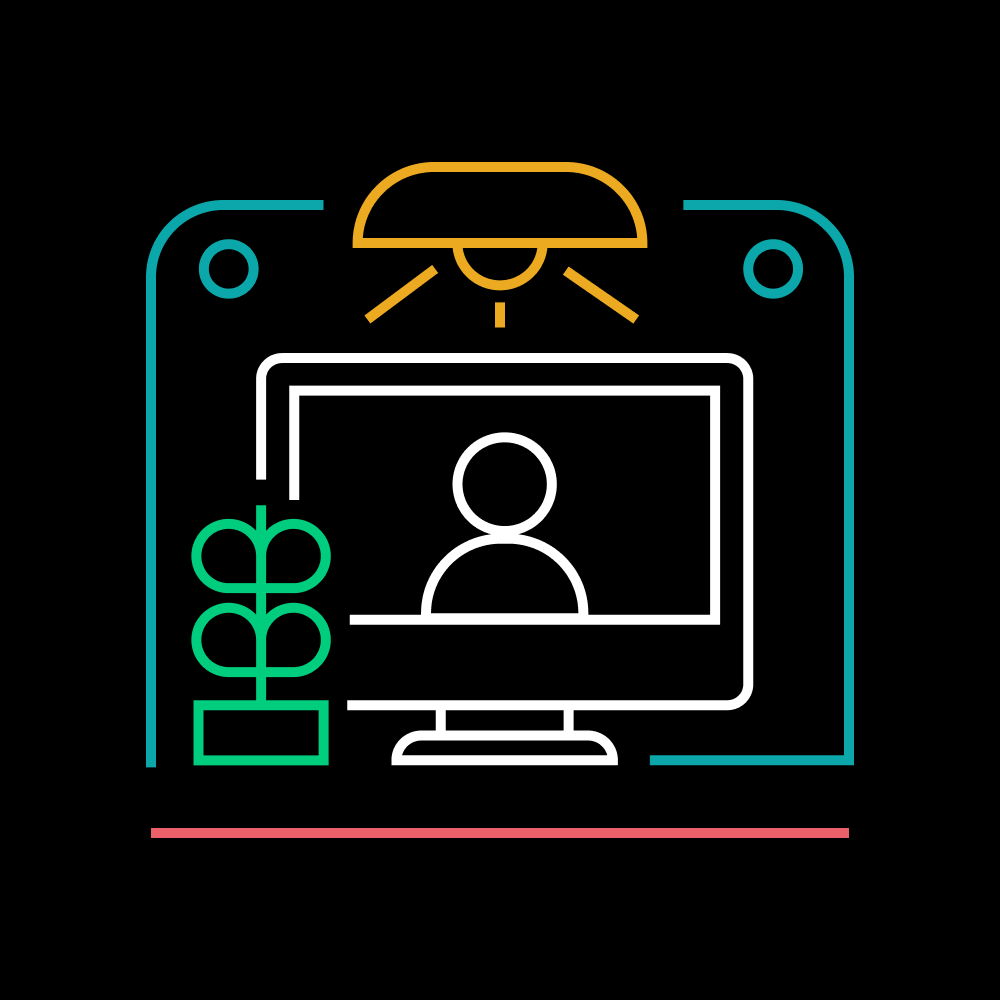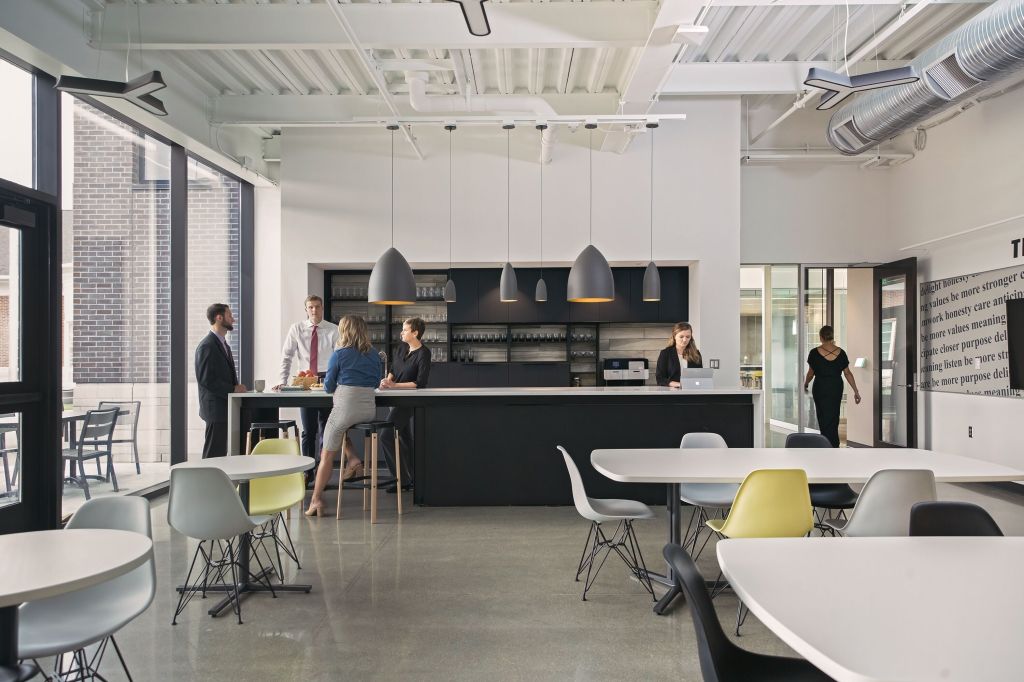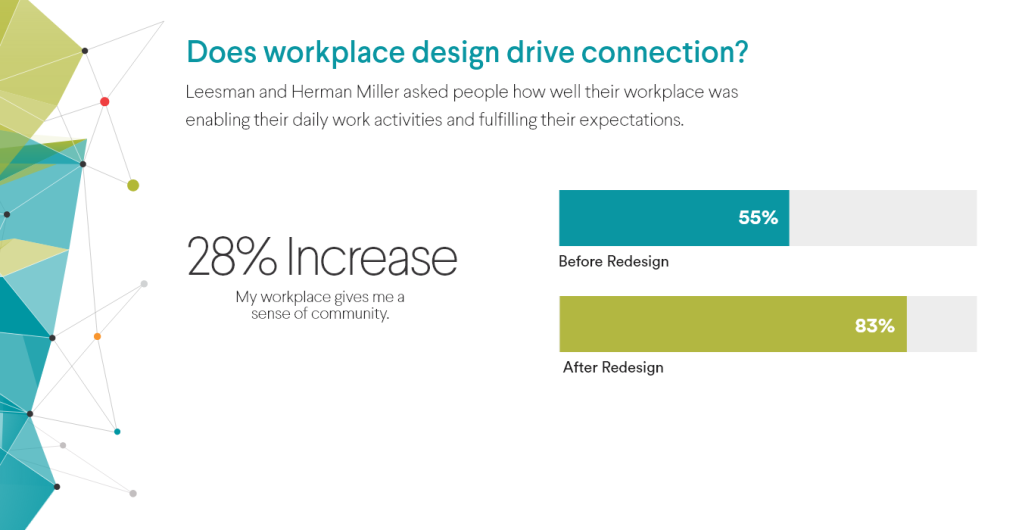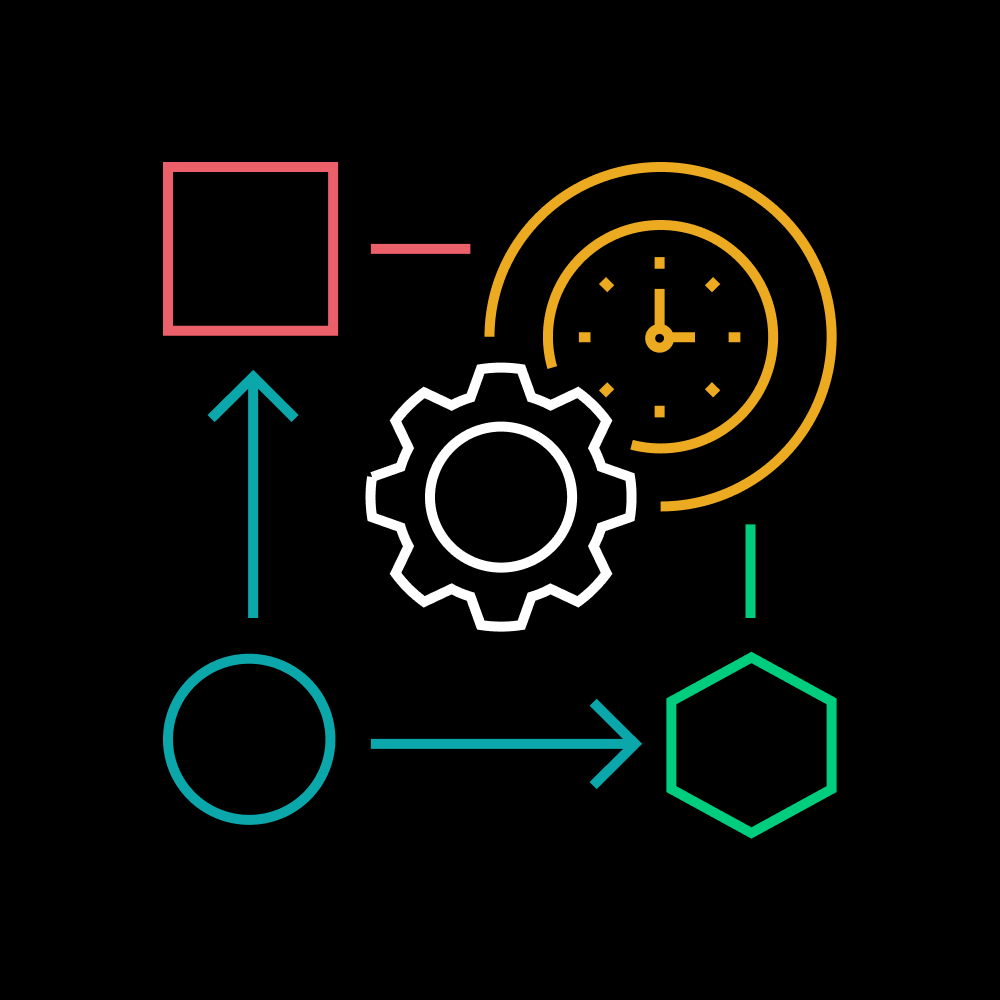
Building a connected organization
The importance of intentionality in office space, digital tools and company culture
Posted June 15, 2021 by Dave Macnee
This playbook was co-written by Dave Macnee, Senior Relationship Manager, Future Forum by Slack, and Megan Lyon, Chief Strategy Officer, Herman Miller
Herman Miller has joined the Future Forum as a founding partner. For more information, please read this blog post about the partnership.
Since the pandemic hit, companies around the world have been part of the biggest experiment in the age of knowledge work: the shift to a distributed and flexible workforce. And much to the surprise of many, the results from the experiment were positive—remote work has worked. According to recent research from the Future Forum, employees reported a boost in productivity, a more equitable work experience, and an increase in overall satisfaction with working arrangements this past year.
But the bright spots we’ve seen in this working arrangement don’t displace the need for the office, which can now even more meaningfully support the experience of work. As we emerge from this time, employees are looking forward to the occasional return to their physical workplace, particularly as a space to collaborate with coworkers, build general camaraderie, and create social bonds.
In response to employees’ desire for more flexibility, many companies are adopting a hybrid approach that allows employees to choose whether to work in the office or remotely on a near-daily basis. Successfully implementing this strategy requires being intentional about office space, technology tools, and the impact of both on corporate culture. It involves reconceptualizing a “workplace” not as a building but as a network of equally important nodes—such as car, cottage and conference room—and providing the tools to support work and connection in those places. These actions are steps toward building a connected organization.
If hybrid is your destination, then a connected organization is your vehicle, and a strong sense of belonging in employees is the engine.
The value of belonging
Regardless of what they do or where they live, human beings require belonging. From an evolutionary perspective, belonging to a group increases safety, and our brains are wired for it: Research suggests that social pain and pleasure use the same neural mechanisms as those stimulated by physical pain and pleasure.
Other studies show that a sense of belonging affects cognitive processes, as well as physical and emotional health and well-being. When people feel connected to something bigger than themselves, they are more satisfied and perform better at work, helping the organization achieve its goals.
Design your office space to enhance sense of belonging
Over the past year, we’ve seen camaraderie increase among employees, and they’ve reported a growing sense of belonging since the pandemic hit.
Now, as offices reopen, there’s an opportunity to further this investment in social connection in the office space. Just as it’s possible to design physical spaces optimized for work-specific activities, it’s possible to design them to promote human connection and that feeling of belonging.
Social commons
In the office, social commons are large, welcoming public spaces situated at major intersections and high-traffic areas. They encourage mixing and mingling and enable multiple work activities simultaneously. Spending time in the social commons is a way to take the pulse of the organization and gauge levels of morale.
Thoughtfully designed, a social commons might include:

In the past, devoting space to a social commons may have seemed like a luxury. But now one of the biggest attractions of the office is the opportunity to connect and belong—and designing for connection works.
In recent research conducted by the workplace research organization Leesman, in partnership with Herman Miller, Belonging Index scores (measured by level of agreement with statements like “I feel a sense of belonging to my organization” and “I feel that I can be myself at work”) increased an average of five percentage points after employees moved into a newly redesigned space. Agreement with the statement “The design of my workplace contributes to a sense of community at work” grew 28 percentage points post-move.

With a hybrid work model, you’ll need less floor space for individual work. By understanding the reasons your employees will choose to work in the physical office, you can design for it and reallocate space for fostering connection.
Understand that digital space is your new HQ—and give it the same intentionality
In the hybrid approach to the workplace, the organization encourages and supports both physical and remote work. While everyone knows how to connect in person, connecting virtually requires new tools—and being intentional about using them.
Investments in digital infrastructure are as important as those in physical space. Over the past year, digital investments by leaders significantly impacted employee experience: Employees who perceive their company to be an early adopter of technology reported scores twice as high for sense of belonging compared with those at organizations perceived to be late adopters.
Here are a few ways to help people feel more connected, regardless of where they’re working:
Set the tone from the top
Unless you have a corporate culture that supports it, the hybrid approach will fail, even if your company has brilliantly designed offices and the best asynchronous platforms. As legendary management theorist Peter Drucker said, “Culture eats strategy for breakfast.”
We know that a leader’s behavior shapes culture, even unintentionally. So be intentional, and build a culture that champions the feelings of belonging and connection necessary for the hybrid approach.
“The first responsibility of a leader is to define reality,” wrote Max De Pree, the late longtime CEO of Herman Miller. We’re living in a new reality. And we believe that leaders who work to foster feelings of social belonging and build connected organizations have the best chance at success.
1Herman Miller, “Team Landscapes 3: The Challenges and Best Practices of Distributed Teams,” Company Confidential, 2018

